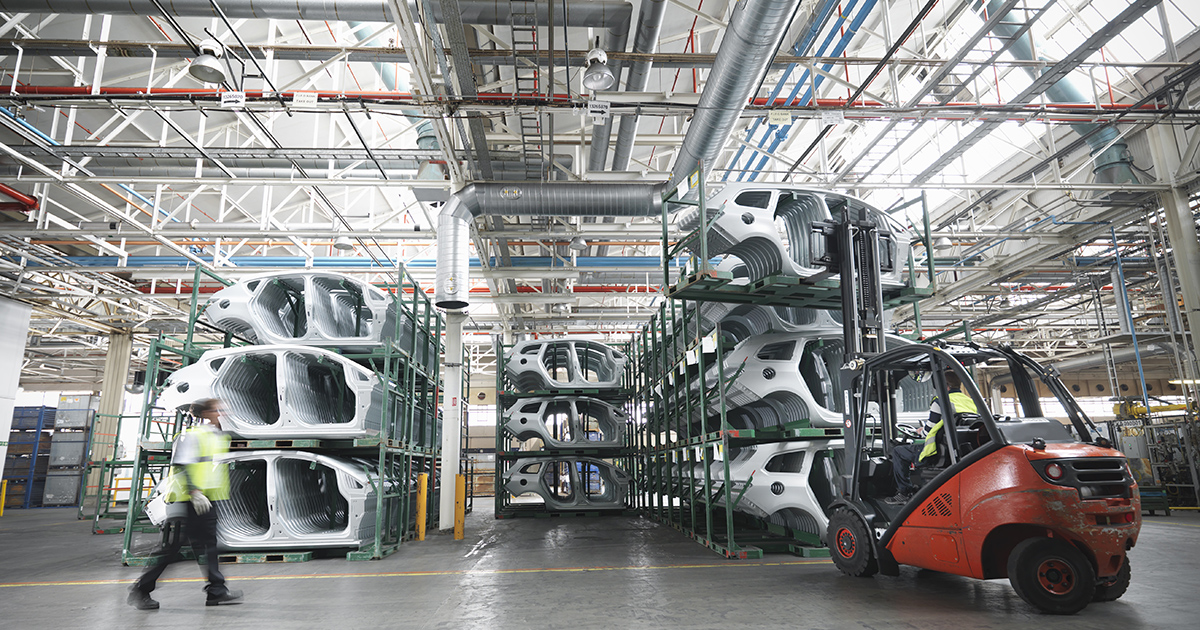
If automobile production decreases, prices for vehicles, particularly used ones, may increase once more, unwinding some of recent disinflation and putting renewed upward pressure on “super-core” CPI.
September 15 marked the start of the United Auto Workers (UAW) strike. The union represents nearly 150,000 employees at the so-called “Big Three”, the three American companies that account for roughly 50% of annual vehicle production in the U.S. (or roughly 1.5% of U.S. GDP). As such, many investors are wondering how the strike could impact the U.S. economy.
It is worth pointing out that, at the moment, the scope of the strike is relatively contained: the 18,600 participants represent just under 13% of total UAW membership. However, should the strike expand in scope to cover more plants, more states or more workers, or persist for an extended period of time, investors would do well to consider what additional disruptions may look like.
These disruptions can be approached from two angles: first, by their impact on inflation; and second, by their impact on growth.
- When looking at inflation, one of the few deflationary forces in recent months has been new and used automobile prices, which have fallen thanks to improving supply chains. Moreover, service fees related to the automobile industry, like maintenance, insurance and leasing costs, have been one of the key drivers behind the much-discussed “super-core” inflation.
If automobile production decreases, prices for vehicles, particularly used ones, may increase once more, unwinding some of recent disinflation and putting renewed upward pressure on “super-core” CPI. Furthermore, a UAW victory could pressure other American businesses to preemptively raise wages, another risk to the near-term inflation outlook.
- From a growth perspective, a decline in automobile production would translate directly into a small drop in GDP. However, the strike could have broader knock-on effects if it impacts consumer confidence. With rising oil prices, the resumption of student loan repayments, the U.S. government shutdown and a hawkish turn from the Fed, Americans may be overwhelmed by a “wall of worry” during the critical 4Q shopping season, resulting in a contraction in consumption and increasing near-term recession risk.
The flip side of this argument is that a collapse in spending (and recession) would likely be deflationary, not inflationary. Moreover, the 18,600 striking workers represent only 0.01% of the American labor force, meaning threats to employment numbers are minimal.
Clearly, the implications of the strike are both myriad and sometimes contradictory. However, any impact, either to inflation or growth, would likely be short-lived and, more importantly, reversed once the strike ends. In other words, while short-term uncertainty has risen, long-term prospects remain largely unchanged. For this reason, investors would do well to stay the course, investing in a high-quality, diversified and actively managed portfolio.